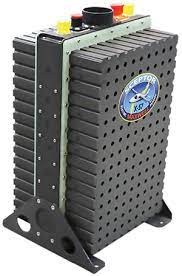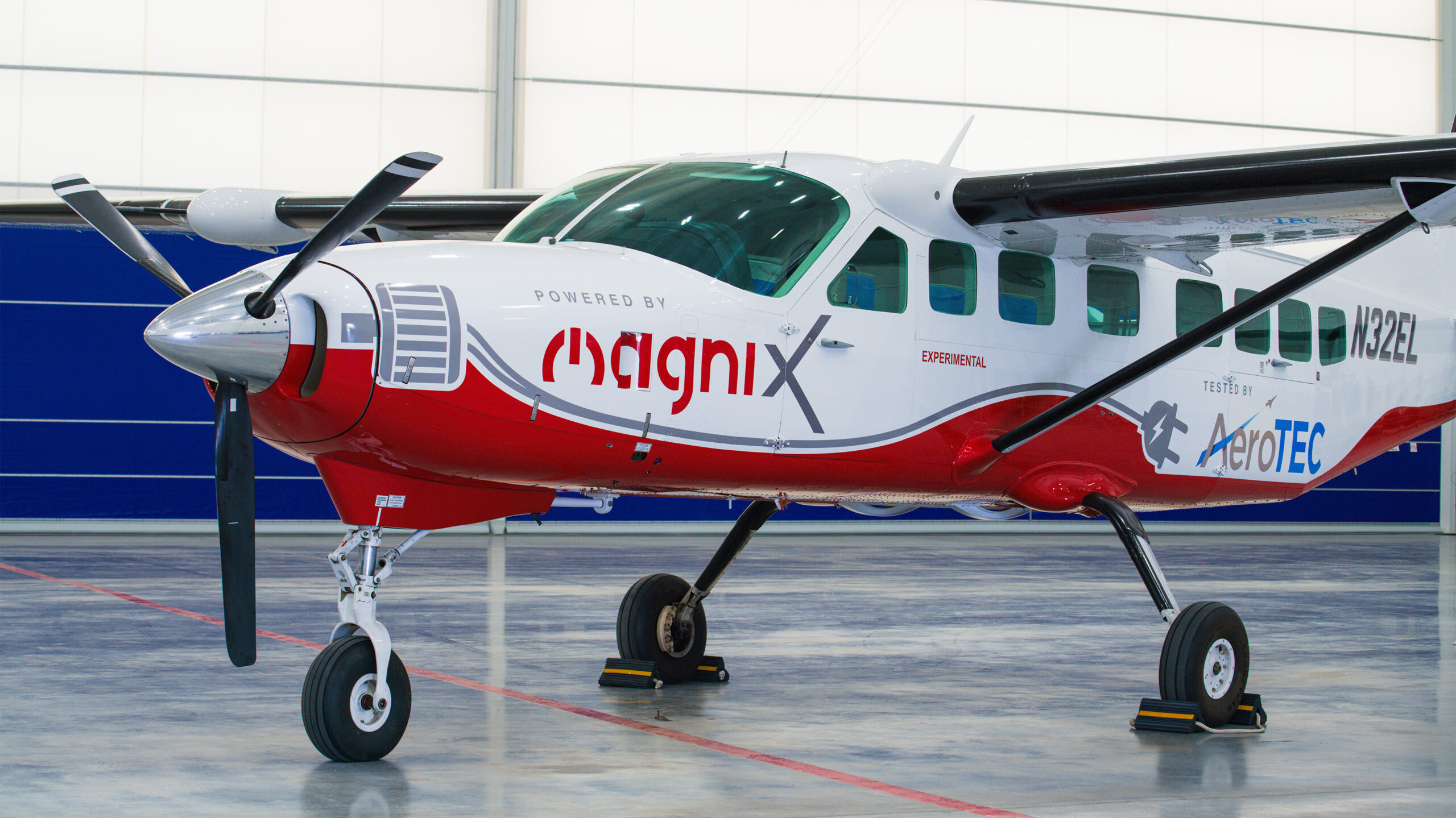Electric airplanes have been hailed as a groundbreaking innovation, promising a greener future for air travel. While they indeed offer several advantages in terms of reduced greenhouse gas emissions and noise pollution, it’s essential to recognize that electric aviation isn’t entirely without environmental drawbacks.
One significant issue lies in the production of massive lithium-ion batteries that power electric planes. The extraction and processing of materials like lithium and cobalt can lead to habitat destruction and water pollution, harming local ecosystems. Another critical factor is the source of electricity that powers electric aircraft. The environmental benefits heavily depend on whether this electricity comes from renewable or fossil fuel sources. Transitioning to clean, renewable energy is crucial for electric aviation to genuinely reduce its carbon footprint.

Electric planes currently have a limited range compared to traditional aircraft, which can necessitate more frequent stops on certain flights. This increased energy consumption and extended travel time could offset some of the environmental benefits. However, disposing of lithium-ion batteries presents its own set of environmental challenges. Proper recycling and disposal methods are essential to prevent soil and water contamination from discarded batteries.
In conclusion, while electric airplanes offer promise for reducing emissions, it’s vital to consider their complete life cycle and energy sources. Transitioning to electric aviation is just one part of a broader shift toward sustainability in the aviation industry. To maximize environmental benefits, we must simultaneously address battery production, energy generation, and recycling processes while developing more efficient and longer-range electric aircraft.

“Keep it up!”
Truly amazing!